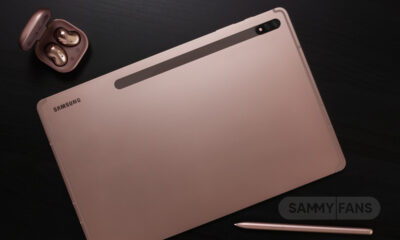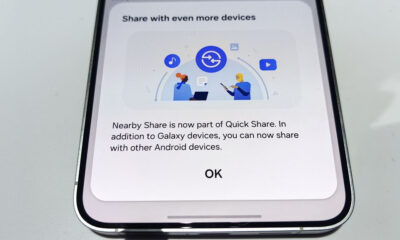News
PSA: Samsung will begin Android 14 (One UI 6) rollout with Galaxy S23
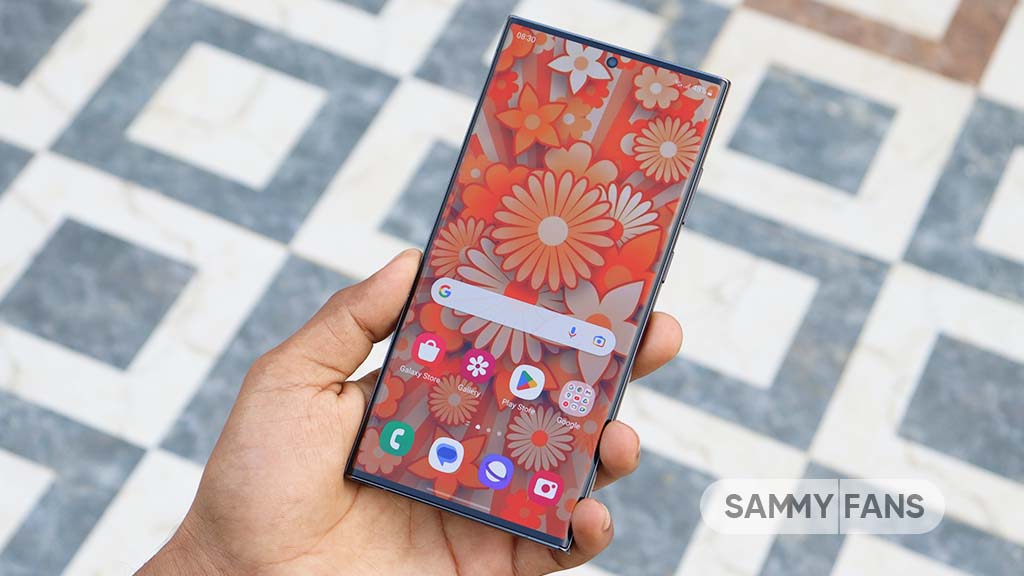
Samsung launched the Galaxy S23 series in February 2023. This new smartphone lineup introduces some meaningful upgrades in terms of hardware and design. Also, it’s the first time in years that Samsung is offering the same Snapdragon variant worldwide.
The Galaxy S23 lineup consists of three models namely the Galaxy S23, Galaxy S23 Plus and Galaxy S23 Ultra. Both non-Ultra models adopted the same design as their elder sibling as part of initiating Samsung’s 2023 signature design approach.
Talking about Ultra, the South Korean tech giant didn’t bring any notable design changes except for the thick middle frame. However, the primary camera has been upgraded to a monstrous 200-megapixel sensor, ditching the conventional 108-megapixel snapper.
Samsung Galaxy S23 Android 14 Update
Software side, the Galaxy S23 series comes pre-loaded with Android 13-based One UI 5.1. Do note that it’s still the latest version of the company’s proprietary skin for Galaxy devices. In the coming months, the Galaxy Z5 lineup will debut along with the One UI 5.1.1, pre-installed.
The Galaxy Z Fold 5 will become the most expensive Samsung smartphone after launch, however, Galaxy S is the flagship stream. As the company is getting a long time with the S23 series in terms of firmware, consumers will get benefited from the fastest Android rollout.
Google introduced the Android 14’s Developer Preview build in early February. In April, the operating system entered Public Beta testing on eligible Pixel phones, with the latest milestone achieved it second Beta. With all four major rollouts, the company added new features, changes, and improvements.
For Pixel phones, Android 14 will be bringing new customization tools, as Google showcased at I/O 2023. Meanwhile, it won’t be the same case for the Galaxy devices as they run One UI, which is based on Android but tweaked by Samsung.
That said, Galaxy users don’t care what’s happening at Google’s Android department. They are just eagerly waiting for the One UI Beta Program that usually begins after the official release of Android every year. Among others, the S23 lineup will be the first to let Samsung start Android 14 distribution.
Samsung Android 14-based One UI 6 (Beta & Stable), both will first rollout to the latest Galaxy S23, S23 Plus, and S23 Ultra. The Beta firmware may be limited to seven countries, while the Stable builds availability may reach a wide mark by the end of October 2023.
Are you excited about One UI 6?
News
TSMC unveils A16: 1.6nm semiconductor manufacturing process
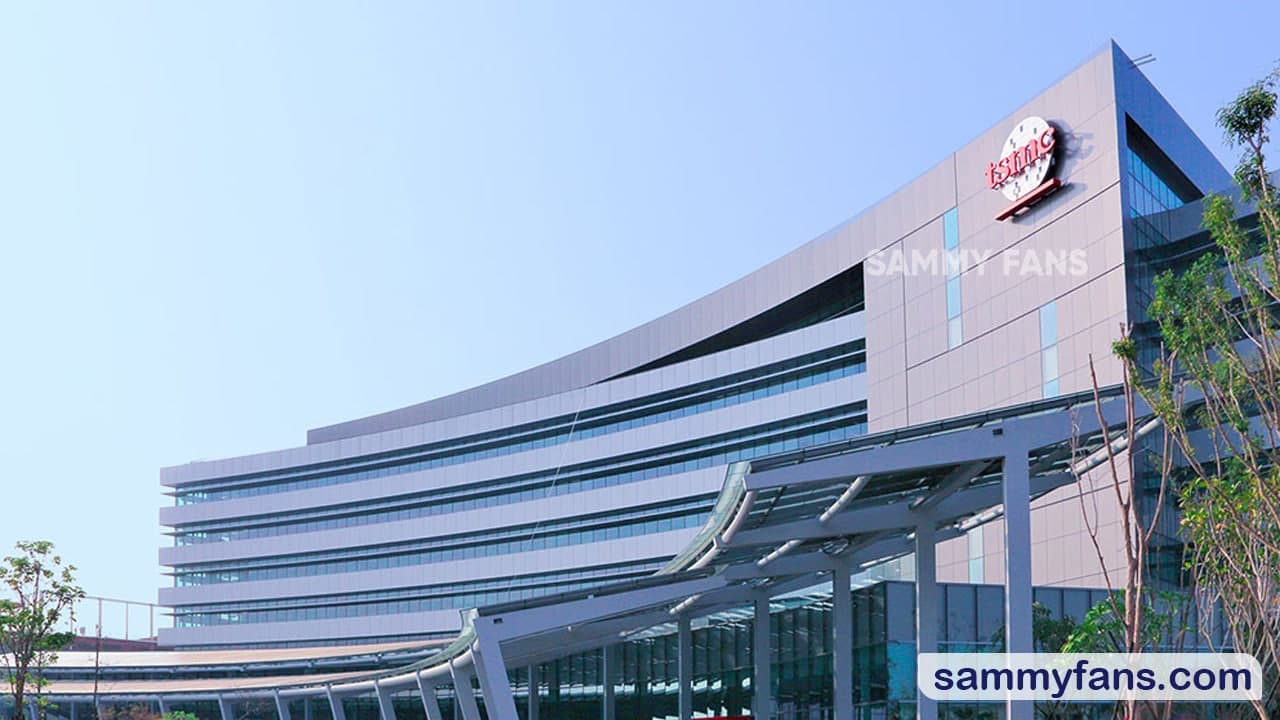
TSMC will commence 1.6nm semiconductor production in the second half of 2026. The company’s Co-Chief Operating Officer, Y.J. Mii, announced (via NikkeiAsia) in the US that the new A16 chip manufacturing technology will begin production in the second half of 2026.
South Korea’s Samsung Electronics is also working on 1.6nm process tech, called Backside Power Delivery. Taiwanese chipmaker said that 1.6nm is an area where they are competing with Intel, racing to boost the speed of AI semiconductors.
Demand from AI chip companies led TSMC to develop the new A16 chip manufacturing process faster than expected. High NA EUV, the next-generation extreme ultraviolet exposure equipment for drawing ultra-fine circuits, is unlikely to be used.
Samsung previously revealed it plans to mass produce 2nm in 2025 and 1.4nm in 2027, which is similar to TSMC. Meanwhile, Intel could start mass production of the 1.8nm process later this year, with 1.4nm expected to be announced in 2027.
Stay up-to-date on Samsung Galaxy, One UI & Tech Stuffs by following Sammy Fans on X/Twitter. You can also discover the latest news, polls, reviews, and new features for Samsung & Google Apps, Galaxy Phones, and the One UI/Android operating system.
Do you like this post? Kindly, let us know on X/Twitter: we love hearing your feedback! If you prefer using other social platforms besides X, follow/join us on Google News, Facebook, and Telegram.
News
Fresh Samsung Quick Share App update available for Android 14 devices
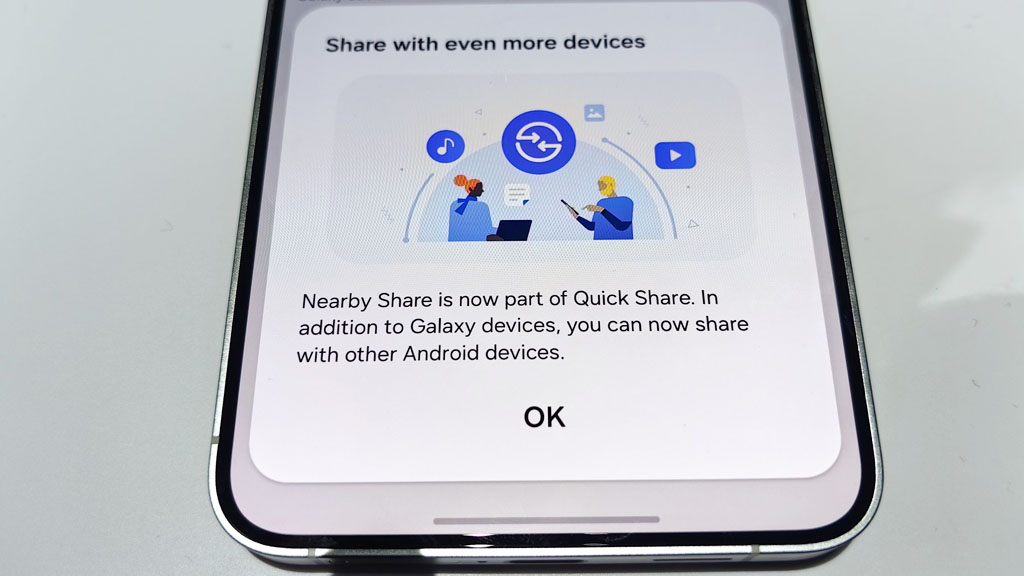
Samsung is releasing a new update of the Quick Share app for Android 14 devices. Identified via version 13.6.13.6, the new update is available on the Galaxy Store with an installation package of 25.58MB
The fresh update brings the Family Hub refrigerator nearby sharing support for a better experience. It also fixes some bugs encountered in the previous version. However, it does not bring any new features or changes but you will surely get a smoother usability experience after updating.
It is worth mentioning that the Samsung Quick Share 13.6.13.6 update is compatible with Galaxy devices running Android 14 based One UI 6.1 or One UI 6.0. If your device is eligible you can install the update to enjoy enhanced functions.
Users can update the Quick Share app in two ways. The first way is to update from Galaxy Store, for which open the Galaxy Store app >> Menu Options >> Updates. A new page will open from where you can install all available updates.
The second one is from the app, for that, you have to open Settings of your smartphone >> Connected devices >> Quick Share >> About Quick Share. If any new update is available then you will see the Update option. You can install the latest update by tapping on the Update button.
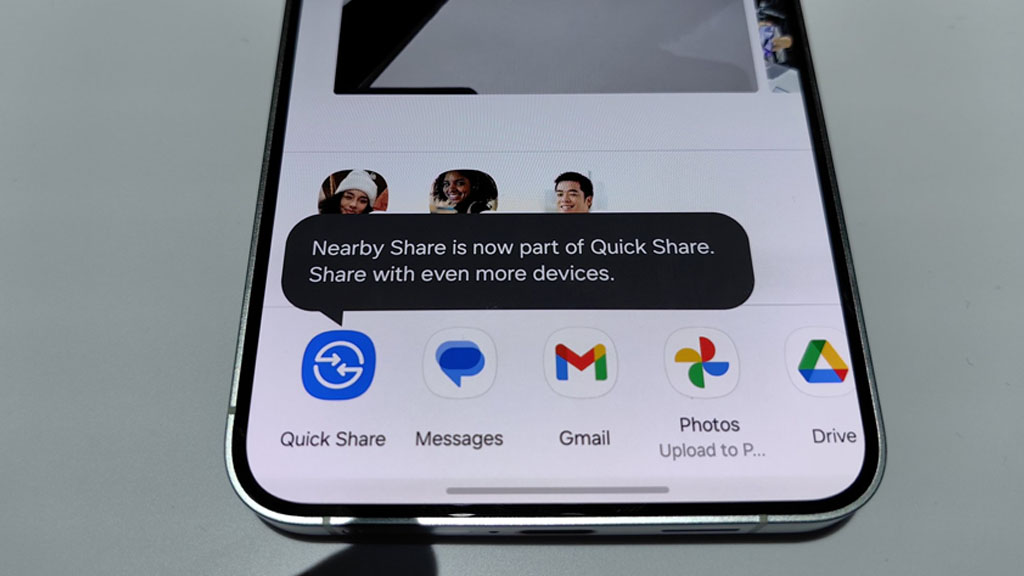
Stay up-to-date on Samsung Galaxy, One UI & Tech Stuffs by following Sammy Fans on X/Twitter. You can also discover the latest news, polls, reviews, and new features for Samsung & Google Apps, Galaxy Phones, and the One UI/Android operating system.
Do you like this post? Kindly, let us know on X/Twitter: we love hearing your feedback! If you prefer using other social platforms besides X, follow/join us on Google News, Facebook, and Telegram.
News
Samsung TV Plus US adds three new channels from Mattel

Mattel to Bring Three Channels to Samsung TV Plus in the US. Barbie and Friends, Hot Wheels Action, and Mattel Jr. to mark Mattel’s first-ever FAST channels, enhancing Samsung TV Plus’ Family & Kids offering with content featuring iconic Mattel brands.
Samsung announced its partnership with Mattel, bringing three channels on TV Plus in the US. The newly announced channels will be available on TV Plus later this year, accessible through Samsung Smart TVs and Galaxy Devices.
Mattel’s Barbie and Friends, Hot Wheels Action, and Mattel Jr. to broadcast content inspired by globally beloved brands such as American Girl, Barbie, Hot Wheels, Fisher-Price, Masters of the Universe, Matchbox, classic Monster High, Thomas & Friends, and more.
The new channels will be easy to access, around-the-clock kids programming curated for fans of Mattel IP to enjoy hours of shows and family entertainment. Users can find the shows on the dedicated ‘Kids’ destination on the Samsung TV Plus home screen.

Image: Samsung Newsroom
Stay up-to-date on Samsung Galaxy, One UI & Tech Stuffs by following Sammy Fans on X/Twitter. You can also discover the latest news, polls, reviews, and new features for Samsung & Google Apps, Galaxy Phones, and the One UI/Android operating system.
Do you like this post? Kindly, let us know on X/Twitter: we love hearing your feedback! If you prefer using other social platforms besides X, follow/join us on Google News, Facebook, and Telegram.



